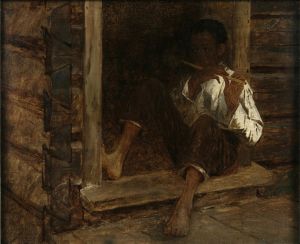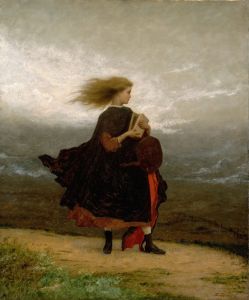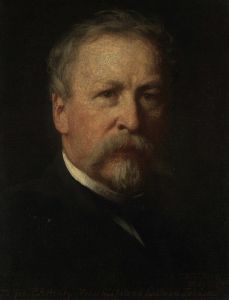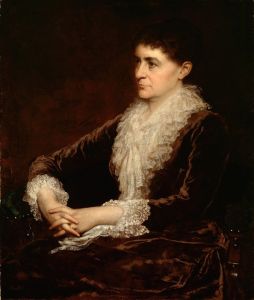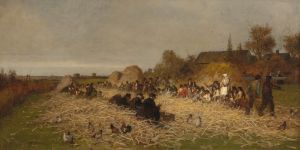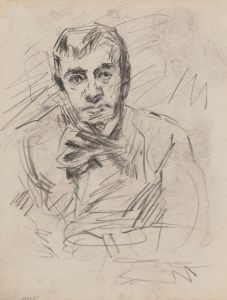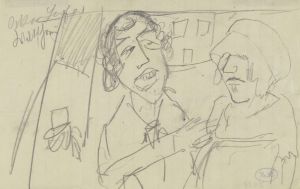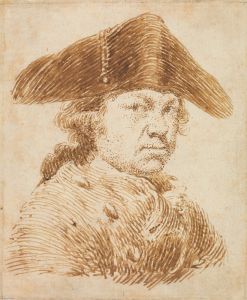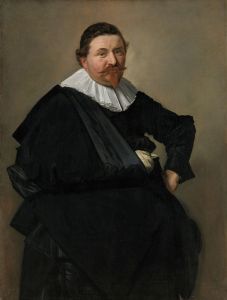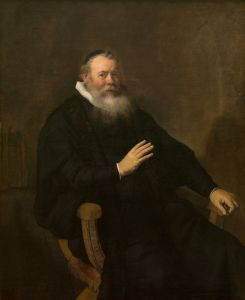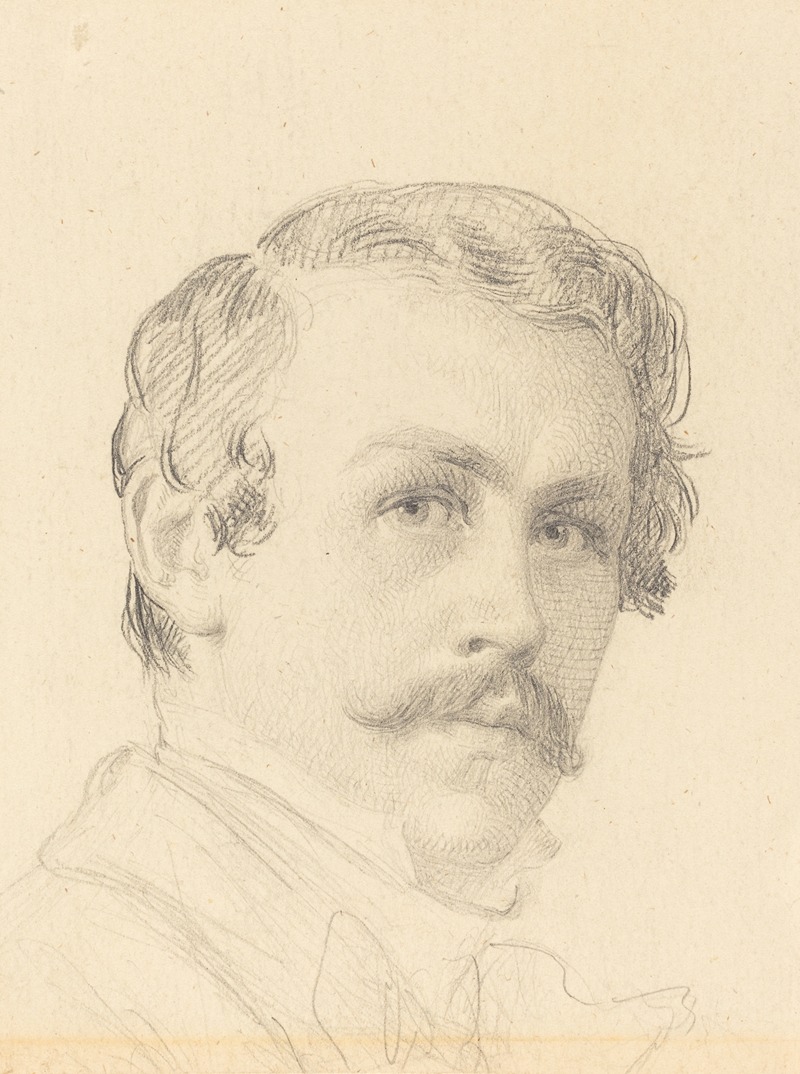
Self-Portrait
A hand-painted replica of Eastman Johnson’s masterpiece Self-Portrait, meticulously crafted by professional artists to capture the true essence of the original. Each piece is created with museum-quality canvas and rare mineral pigments, carefully painted by experienced artists with delicate brushstrokes and rich, layered colors to perfectly recreate the texture of the original artwork. Unlike machine-printed reproductions, this hand-painted version brings the painting to life, infused with the artist’s emotions and skill in every stroke. Whether for personal collection or home decoration, it instantly elevates the artistic atmosphere of any space.
Eastman Johnson's Self-Portrait is a notable work by the American painter Eastman Johnson (1824–1906), who is often regarded as one of the most significant genre painters of the 19th century in the United States. Known for his depictions of everyday life, as well as his portraits of prominent figures, Johnson's work reflects a deep engagement with the cultural and social dynamics of his time.
The Self-Portrait is believed to have been created during the mid-19th century, though the exact date of its completion is not definitively documented. The painting showcases Johnson's skill in portraiture, a genre in which he excelled throughout his career. In this work, Johnson presents himself with a direct and introspective gaze, capturing his likeness with meticulous attention to detail. The portrait demonstrates his mastery of light and shadow, as well as his ability to convey personality and character through subtle expressions and brushwork.
Johnson's self-portrait is significant not only as a representation of the artist but also as a reflection of the broader artistic trends of his era. During the 19th century, self-portraiture was a common practice among artists, serving as a means of self-exploration and professional assertion. Johnson's work aligns with this tradition while also highlighting his technical proficiency and artistic sensibility.
Eastman Johnson was born in Lovell, Maine, and studied art in Europe during the 1840s and 1850s, including time spent at the Royal Academy in Düsseldorf and in The Hague, where he was influenced by Dutch Golden Age painters. His exposure to European art is evident in his use of chiaroscuro and his attention to realism, both of which are apparent in his Self-Portrait. Upon returning to the United States, Johnson became a founding member of the Metropolitan Museum of Art in New York City and gained widespread recognition for his genre scenes and portraits.
While the Self-Portrait is not as widely known as some of Johnson's other works, such as The Old Stagecoach or A Ride for Liberty – The Fugitive Slaves, it remains an important piece within his oeuvre. It provides insight into the artist's self-perception and serves as a testament to his enduring legacy in American art.
The current location of the Self-Portrait is not definitively recorded in public sources, and further details about its provenance or exhibition history are limited.







